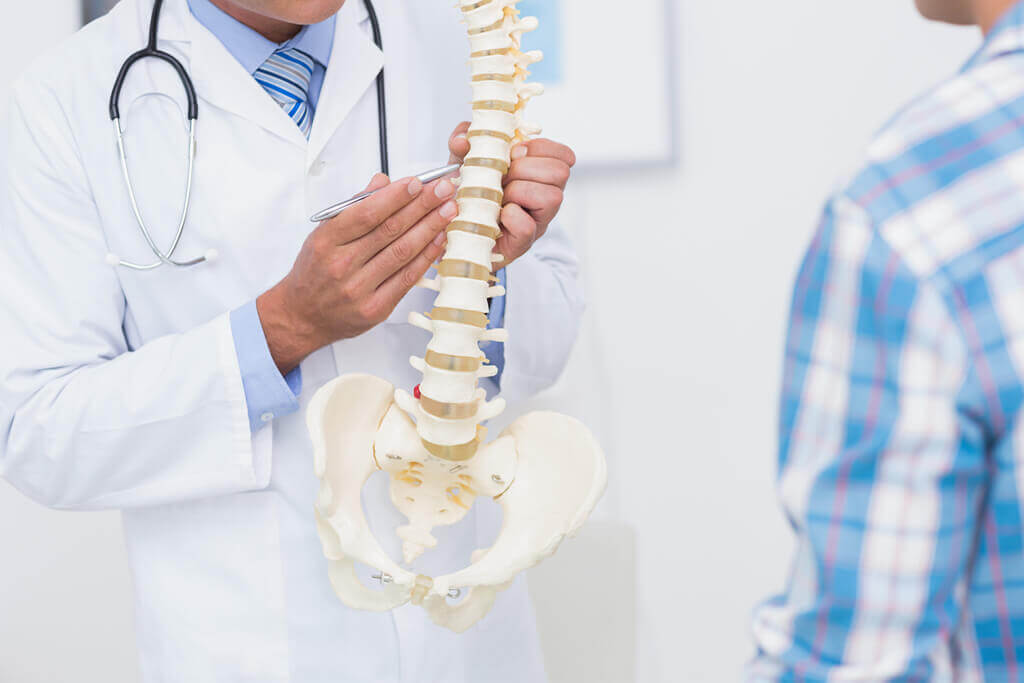Da Vinci Robotic Surgery
Introduction
Introduction
Robotic surgery with the da Vinci® Surgical System allows surgery to be performed with smaller incisions compared to traditional open surgery. By making only a few tiny incisions, patients benefit from having less pain, less scarring, less bleeding, and less down time.
In addition, surgeons who use the da Vinci Surgical System can achieve greater dexterity and control during the procedure. For highly complex surgeries that involve the nerves and blood vessels, da Vinci robotic surgery is a safe and effective minimally invasive option.
The da Vinci method is ideal for procedures across a number of specialties, such as:
- Gynecology surgery
- Gastrointestinal and colorectal surgery
- General and thoracic surgery
- Urology surgery
- Bariatric surgery
- Heart surgery
- Throat surgery
Conditions Treated with da Vinci Surgery
Gynecology
- Abnormal or heavy uterine bleeding
- Uterine fibroids
- Endometriosis
- Pelvic pain
- Pelvic prolapse
- Gynecologic cancers and tumors
Gynecologic procedures that can be performed with da Vinci include:
- Hysterectomy (removal of uterus for bleeding or cancer)
- Endometriosis resection
- Myomectomy (fibroid removal)
- Sacrocolpopexy (pelvic prolapse surgery)
General
- Hernia
- Gallbladder disease and gallstones
- Obesity
- Swallowing disorder (achalasia)
- Benign or malignant tumors
General surgery procedures that can be performed with da Vinci include:
- Hernia repair
- Cholecystectomy (gallbladder removal)
- Bariatric / weight loss surgery
- Heller myotomy (for achalasia)
Gastrointestinal and Colorectal
- GERD (acid reflux)
- Diverticulitis
- Inflammatory bowel disease (ulcerative colitis and Crohn’s disease)
- Stomach cancer
- Pancreatic cancer
- Pancreatitis
- Colon cancer
- Rectal cancer
Gastrointestinal and colorectal procedures that can be performed with da Vinci include:
- Nissen fundoplication (acid reflux surgery)
- Colectomy (for colon cancer, diverticulitis, and IBD)
- Gastrectomy (for stomach cancer)
- Pancreatectomy (for pancreatic cancer and pancreatitis)
- Low anterior resection (for rectal cancer)
Urology
- Kidney disorders
- Urinary obstruction
- Blockage of the ureter
- Ureteropelvic junction (UPJ) obstruction
- Kidney cancer
- Prostate cancer
- Bladder cancer
Urologic procedures that can be performed with da Vinci include:
- Pyeloplasty (removal of blockage in the kidney)
- Ureteral resection/reconstruction (removal of ureteral blockage)
- Partial nephrectomy (partial removal of kidney)
- Prostatectomy (prostate removal)
- Cystectomy (bladder removal)
Cardiology
- Mitral valve prolapse
- Coronary artery disease
Cardiac procedures that can be performed with da Vinci include:
- Mitral valve repair
- Coronary artery bypass surgery
How Robotic Surgery Works
First, the surgeon makes two or three small incisions. A thin tube with a camera attached to the end, called an endoscope, is placed through one incision, allowing the surgeon to easily see high definition images in 3D during the surgery. Another attachment with surgical tools is inserted through the other incision(s).
With the da Vinci system, the surgeon is in control of the robotic arm at all times during the procedure. The surgeon sits at the da Vinci computer console, just a few feet away from the patient, while controlling the robotic arm and viewing a magnified 3D image of the surgery. The surgeon’s hand movements are translated into micro-movements of the surgical instruments. This decreases natural tremors, and increases accuracy.
What to Expect
da Vinci robotic surgery is usually an outpatient procedure. To prepare for the da Vinci procedure, your surgeon will give you specific instructions. Some medications should not be taken if you plan on having surgery. There may be other restrictions as well.
On the day of surgery, you should plan on having someone drive you to and from the surgery center. When discharged, you may still be numb from anesthesia. You will have a prescription for pain medicine to take as needed. Be sure to fill all prescriptions given by the doctor at discharge and take them as instructed. In general, follow up with your doctor within the next week.
After surgery, some swelling and tenderness at the incision sites is normal. Keep the incisions covered and clean, and follow instructions received at discharge. Be sure to call the surgery center or your doctor if you have any concerns.
Recovery
Recovery time after da Vinci surgery is similar to other minimally invasive procedures, which is significantly less than traditional surgery recovery. Since the incisions made with the da Vinci robot are tiny, they heal quickly. Within a week or two, patients can return to their normal activities, depending on the condition being treated. For others, it may take 4 to 6 weeks to make a complete recovery. With traditional surgery, recovery times may extend beyond 8 or 10 weeks.
Benefits of da Vinci Surgery
By making only a few tiny incisions, minimally invasive surgery with the da Vinci robot offers patients several benefits. The procedure allows surgeons to operate with an unparalleled level of precision and accuracy. In addition to less scarring and reduced risk of surgical complications and infection, patients experience less pain and bleeding and a quicker recovery time, returning to normal activities sooner than compared to traditional surgery procedures.

Copyright © - iHealthSpot Interactive - www.iHealthSpot.com
This information is intended for educational and informational purposes only. It should not be used in place of an individual consultation or examination or replace the advice of your health care professional and should not be relied upon to determine diagnosis or course of treatment.
The iHealthSpot patient education library was written collaboratively by the iHealthSpot editorial team which includes Senior Medical Authors Dr. Mary Car-Blanchard, OTD/OTR/L and Valerie K. Clark, and the following editorial advisors: Steve Meadows, MD, Ernie F. Soto, DDS, Ronald J. Glatzer, MD, Jonathan Rosenberg, MD, Christopher M. Nolte, MD, David Applebaum, MD, Jonathan M. Tarrash, MD, and Paula Soto, RN/BSN. This content complies with the HONcode standard for trustworthy health information. The library commenced development on September 1, 2005 with the latest update/addition on February 16, 2022. For information on iHealthSpot’s other services including medical website design, visit www.iHealthSpot.com.


